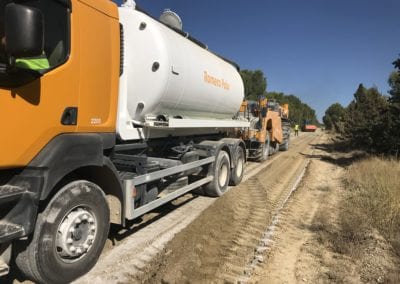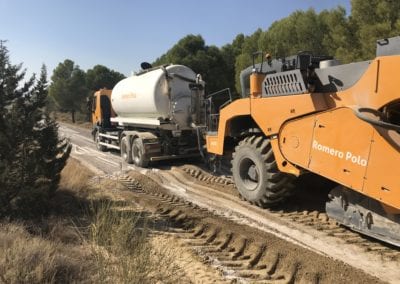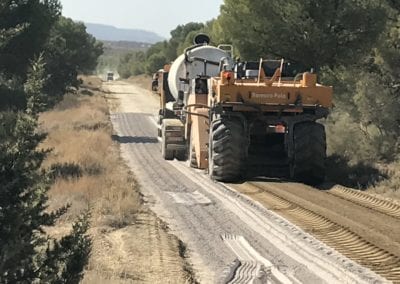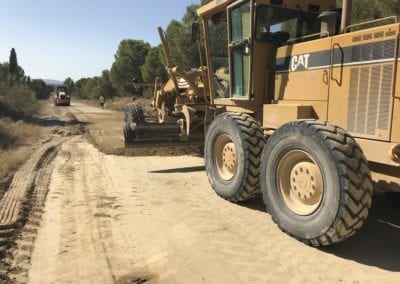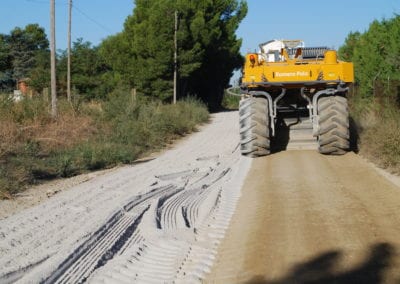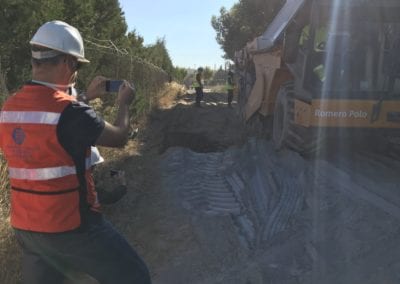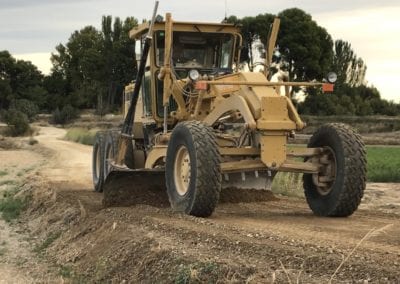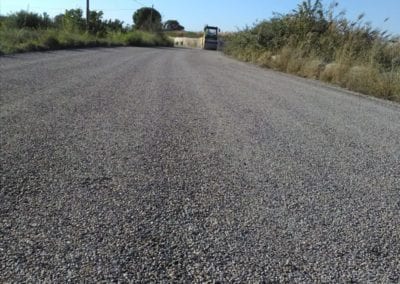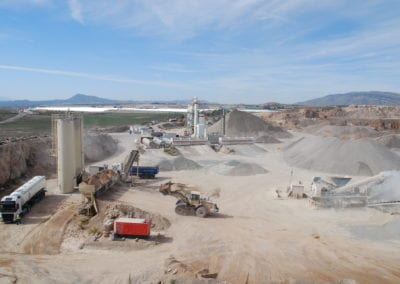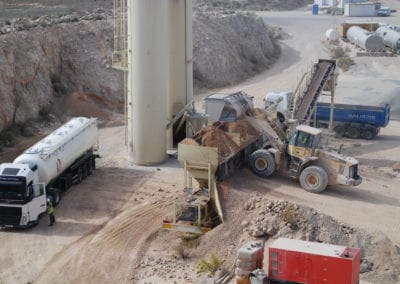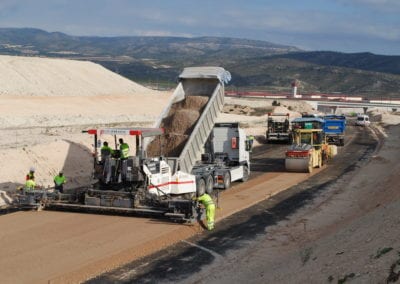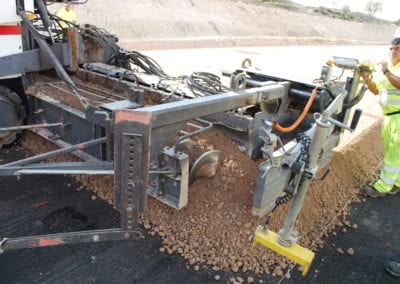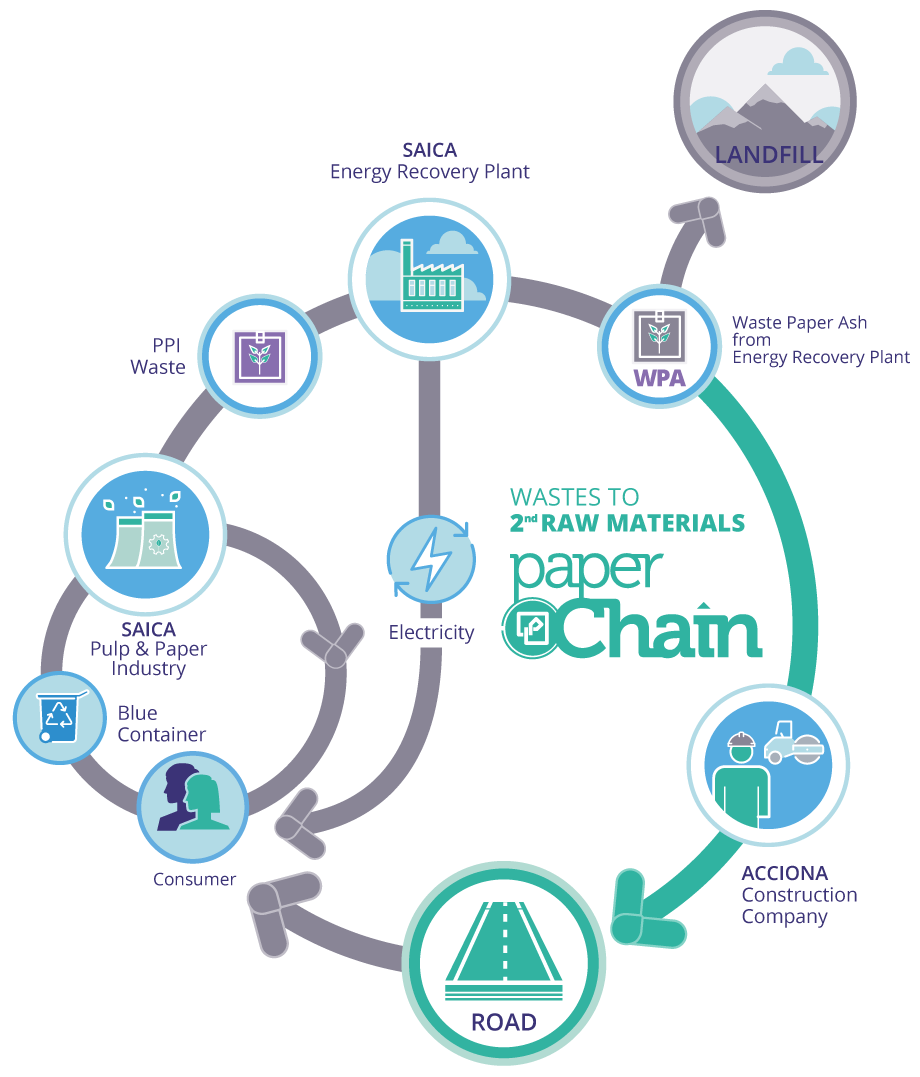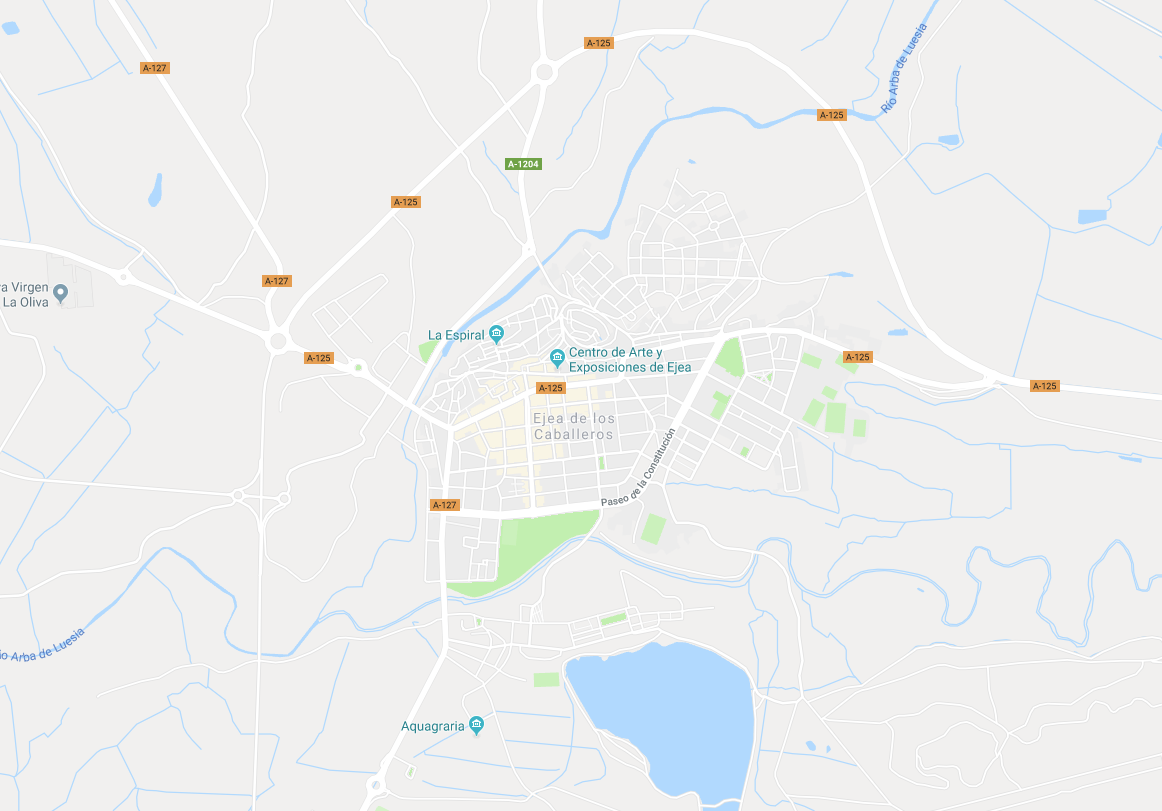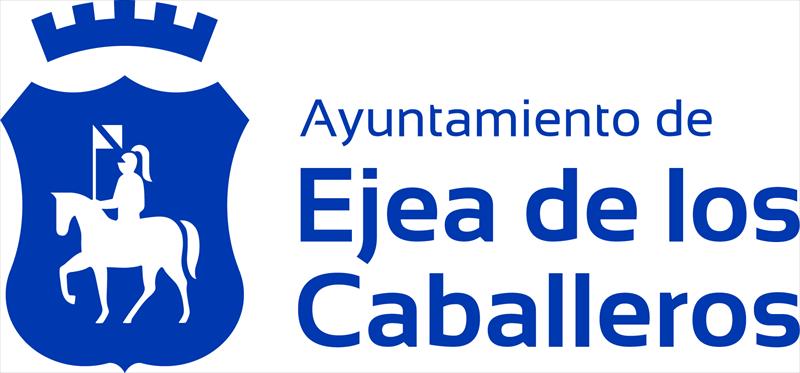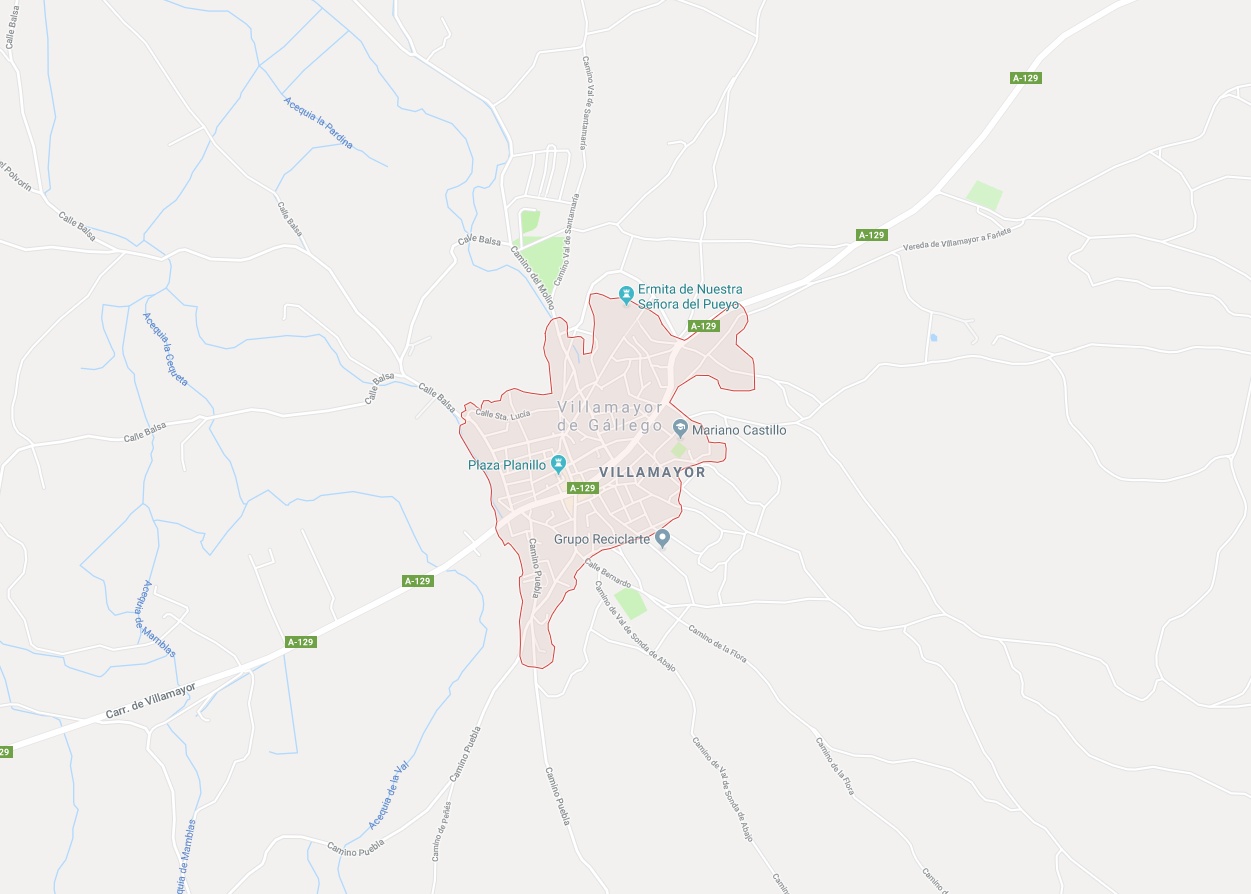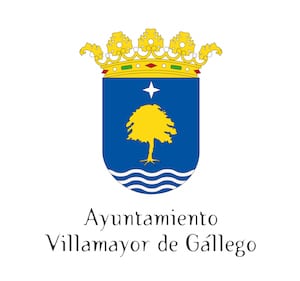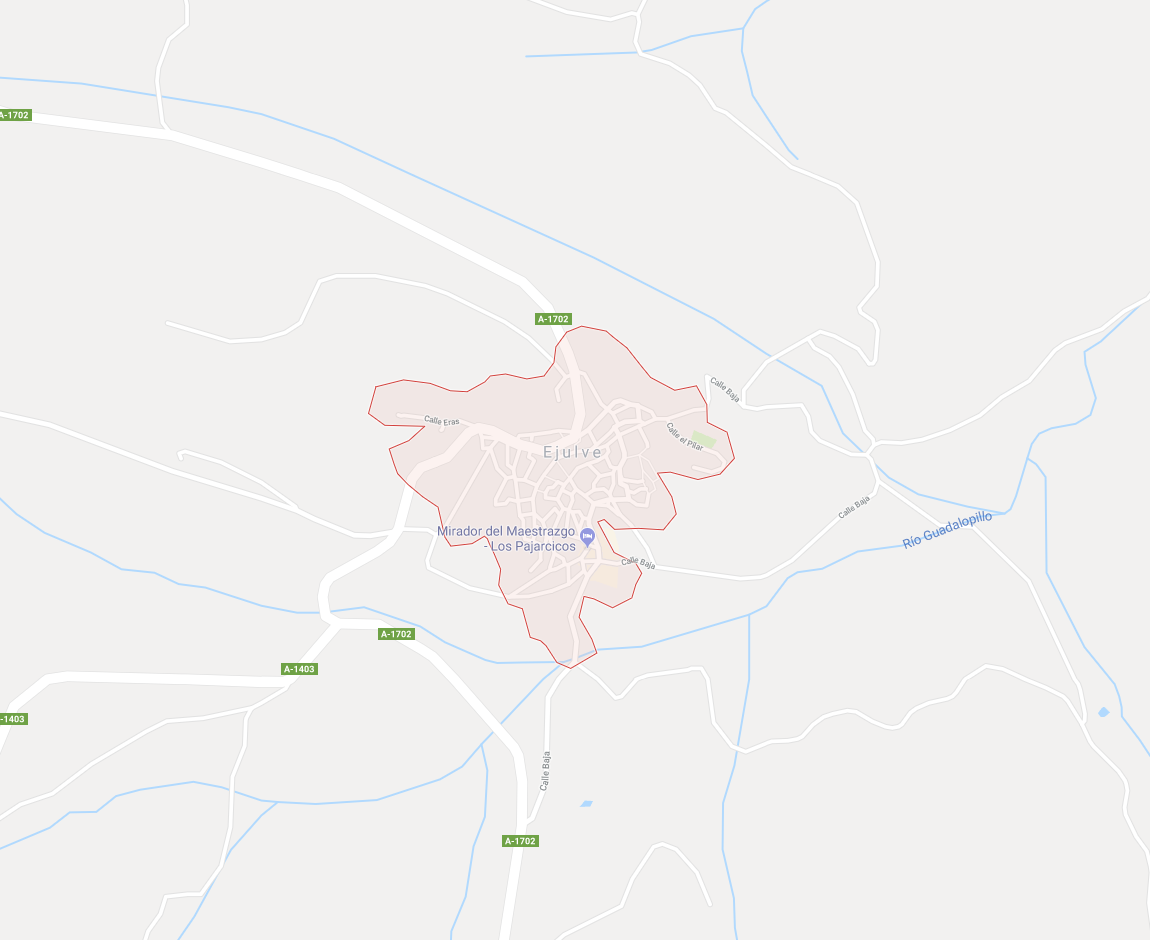CIRCULAR CASE 2
CONSTRUCTION SECTOR
Northeast Spain
2019, October
Closing the loop in the recycling paper industry.
Sustainable road binders made of ashes from energy valorisation of paper rejects.

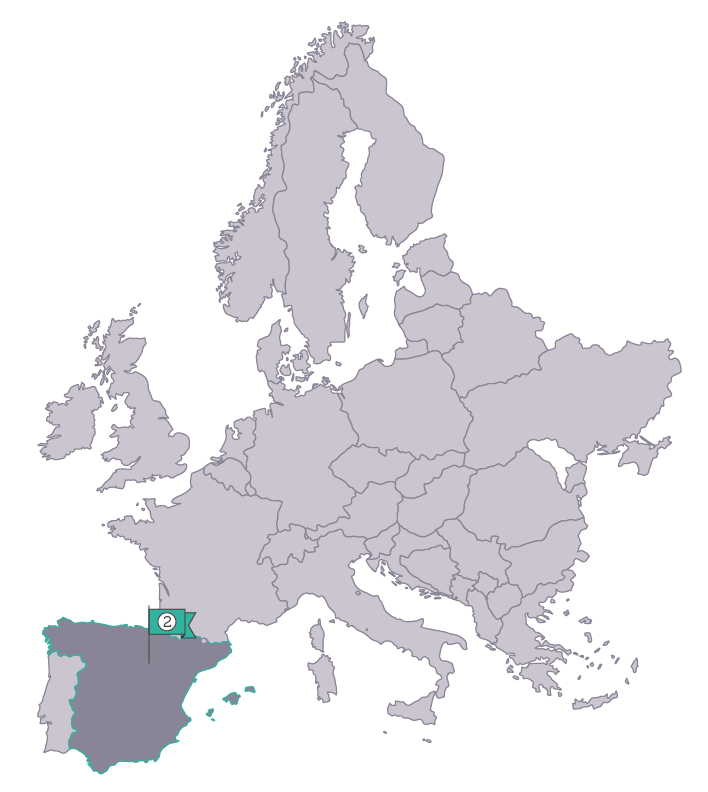
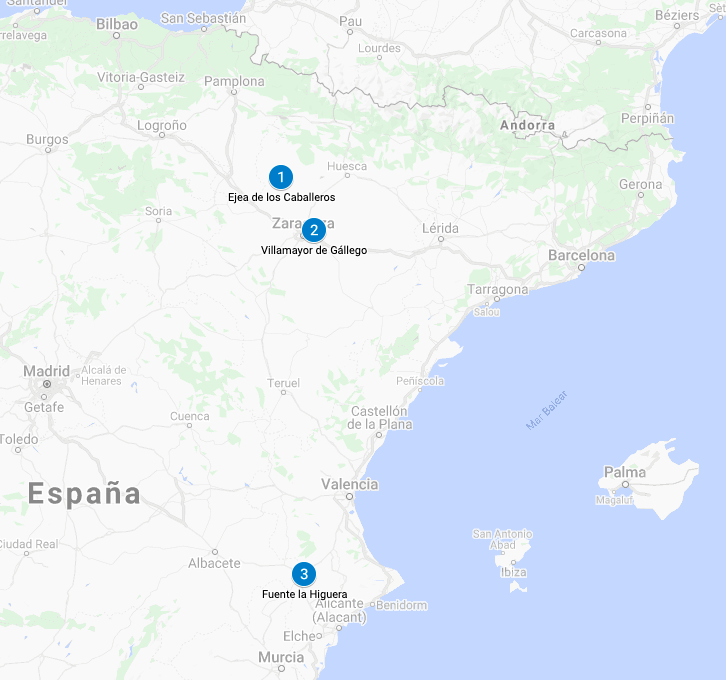
Video from Acciona related to the Circular Case 2.
Current situation/ Problematic addressed
SAICA, Spanish Pulp and Paper industry supporting PAPERCHAIN project operates an energy valorisation plant that burns paper waste produced in four of their paper mills to generate 49 MWhe. As a consequence, 55,000 tonnes of fly ash and bottom ash are produced every year, being all of them disposed to landfill. Simultaneosly, local municipalities mantain an extended network of country roads which demand a lot of expenditures in maintenance works. Nowadays, many of them remain in poor condition. Moreover, this region is planning to built more than 150 km of highways in the coming years.
Partners involved
ACCIONA: Field trial design and execution. General demonstration activity coordination.
UPC: University providing technical support for dimensioning, structural calculation, modelling, testing and monitoring.
TECNALIA: Environmental impact assessment and environmental monitoring.
Supporting parties:
- Pulp and paper industry: SAICA which will provide the required waste amounts for the demos
- Public Authorities: Municipalities of El Burgo de Ebro, Villamayor de Gállego and Ejea de los Caballeros, Regional Government of Aragón supporting the demonstration activities and potential adopters of the circular models
Circular economy model
ACCIONA has been conducting an intense research on the valorisation of PPI wastepaper ash (WPA) for construction in collaboration with SAICA and the Regional transportation authority.
Previous results at laboratory and small scale field trials showed that WPA can act as a binder for soil stabilization in subgrade and subbase layers (soil-cement) and pavement recycling.
PAPERCHAIN proposes to demonstrate the technical and environmental performance of the new binder in three pilot cases, from the less complex and easier to reach the market (country roads), to the most complex and regulated ones (highways).
DEMONSTRATION ACTIVITIES
Demonstration
The main objective of this demonstration is to prove the use of WPA as alternative binder to replace cement or lime in soil stabilization works in road projects. Modifications of current execution procedures will be adapted in order to allow the use of WPA for construction applications. The technical and environmental performance of the new binders will be demonstrated in three pilot cases:
PILOT 1
Stabilised layer S-EST2-type according to the Spanish road regulation in a rural road in Ejea (Zaragoza).
Problem description
Ejea council has an extensive network of rural roads with heavy farm machinery traffic. The presence of extensive areas of clayey soils with low bearing capacity (locally known as “buro”) can benefit from soil stabilisation in order to extend their service life thus, reducing the expenditures in maintenance works. Waste Paper Fly Ash (WPFA) will be demonstrated as a technical, environmentally safe option as well as economically feasible, fully replacing lime as HRB.

PILOT 2
Stabilised layer S-EST3-type according to the Spanish road regulation in a local road in Villamayor de Gállego (Zaragoza).
Problem description
S-EST3-type can improve durability of local and rural roads where pavement is directly applied on gravel or aggregate layers. These roads are also under certain pressure due to the presence of occasional but very heavy traffic due to farming works. A high quality but low cost underlying layer may help to extend the service life reducing maintenance costs.
This type of roads usually go through sensitive areas including crops and farms, because of that, this pilot will include an intensive environmental monitoring to demonstrate the proper environmental performance, in addition to the economic and technical feasibility.

PILOT 3
Soil-cement layer in a regional road in Ejulve (Teruel).
Problem description
The soil-cement layer is the most challenging one from the technical point of view, as when placed as a subbase layer, it receives directly part of stress from the traffic, being most of the times the critical layer into fatigue failure models. In addition, it implies a precise dosage at plant so that a perfect understanding of the water demand and chemical behaviour of the ashes at the short time but also over the long term.
The field trial will be monitored with different sensors to control temperature and stress inside the layer, and the mechanical response and deformation of each slab between pre-cut lines.

Key performance indicators
Technical performance:
All the pilots will be monitored to test the durability and technical performance to meet regulation.
Indicators to monitor will include: compressive strength, workability time, compressibility, etc.
Workability: the new binders must be easy to handle and manage.
Productivity parameters will be register to demonstrate their competitiveness comparing with cement and quicklime.
An hourly productivity ratio of regular stabilised soil layer/ alternative stabilised soil layer will be set up as KPI to compare how the different binders affect productivity.
Environmental performance:
Concentrations of Cl-, total dissolved solids, electric conductivity.
Monitoring will consist of:
MONITORING OF DOWNSTREAM SURFICIAL WATERS, WATER RUNOFF AND LEACHATES
Soil sampling to determine salts content and heavy metals content
Heavy metal uptake capacity of plants at road sides.
Quantification of the valorisation achieved during the project & Replication potential
Tonnes of fly ash
%
Ashes instead of cement
tonnes replaced cement and lime
During the project:
The three pilots will lead to the valorisation of 90 tonnes of WPFA in the S-EST2 pilot replacing lime, 120 tonnes of WPFA instead of 3% of cement in the S-EST3 pilot and around 100 tonnes of WPBA replacing cement in the soil-cement pilot.
Replication:
4.6 million tonnes of paper were recycled in Spain in 2015 in eight large plants. At the same time, 2 million € were invested in country roads maintenance in the Zaragoza Province solely by the provincial municipality consortium, apart from the 3% of the total budget of the municipality of El Burgo for this type of maintenance works. Similar energy valorisation plants are spread all around Europe (Italy, Slovenia, Germany, The Netherlands, Norway,…), so, there is a clear potential for demonstration.


